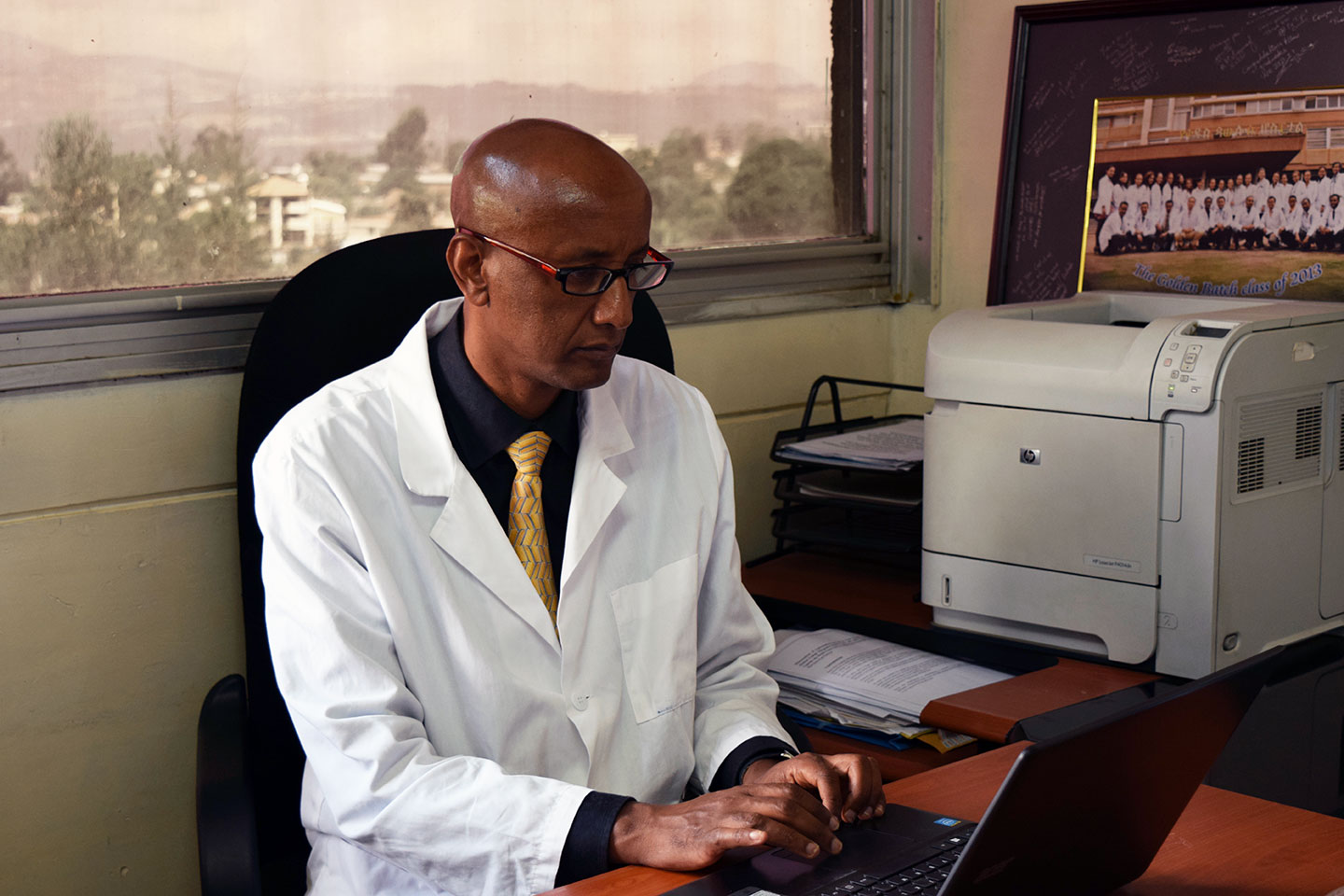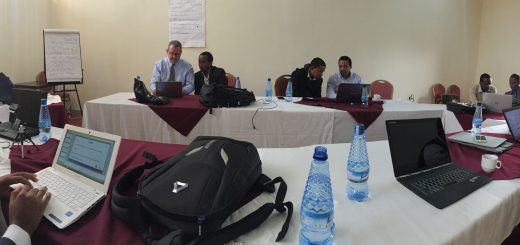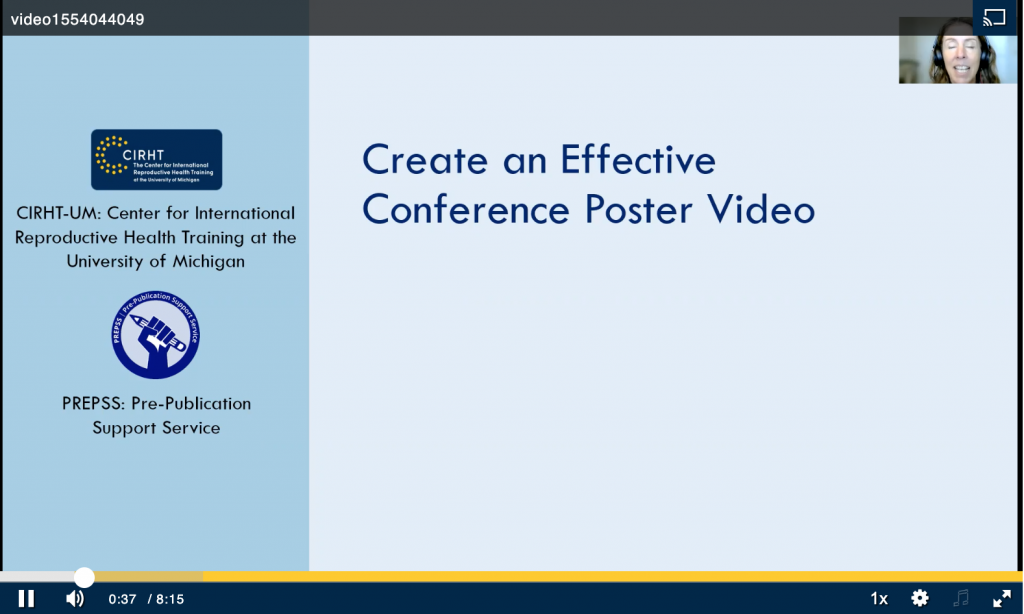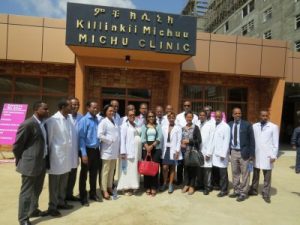Learning from the Past; Teaching for the Future

By: Dr. Feiruz Surur Awash, Department Head, OBGYN, St. Paul’s Hospital Millennium Medical College
Q: How does the experience of new doctors today compare with your early experience?
Dr. Feiruz: I’m of the generation that saw the horrors of unsafe abortion. Fortunately, but unfortunately, the younger generation does not see that—and they have a different perspective.
Today’s younger generation of providers has not seen the devastation caused by unsafe abortion. Providers in earlier generations saw this, and learned by providing emergency care, dealing with multiple cases of severe complications daily. They saw the impact it had on women’s lives, but the laws, training and systems at that time were not conducive to ensuring women in danger could access safe pregnancy termination.
A few months back, I’d given mifepristone to a patient who required pregnancy termination and asked her to come back after 48 hours for the Misoprostol PV insertion. She happened to return on a weekend when I was not there and a young gynecologist was on duty. The young doctor said he couldn’t give it to her because he doesn’t get involved in “such things.” I was able to come and help this patient, but it was a real a shock for me. I was not so much surprised by the young doctor’s refusal due to “personal moral reasons,” but what worried me was that he refused to help a patient even after the process of termination had already been started. He knew fully well that her pregnancy could not have continued any further.
Despite improved laws and systems designed to protect women, today’s generation may not see pregnancy termination as a lifesaving procedure.
If CIRHT can help overcome this misperception, the ideas and work will improve and continue in a much better way. Doctors are future leaders and they must see this as part of their duty. Right now, young doctors don’t see it that way because their experiences and training haven’t always made that clear, but through CIRHT, we can integrate these ideas into their training.
We have to make an effort to ensure that we do not go back, especially when we start to lose the providers who helped to shape the changes in laws and approaches that have made such a difference.
Q: How has thinking about family planning in Ethiopia evolved?
Dr. Feiruz: Years ago, family planning was non-existent or hardly practiced, especially in the rural areas. Reproductive health rights were just not considered an issue and family planning was considered a luxury, not a right.
The shift in mindset and thinking around family planning was likely informed and influenced by the personal experiences of the decision-makers. They saw the effects of unsafe abortion care; they saw the health effects. Similarly, if we can have people see the positive impacts of family planning and comprehensive reproductive health care, we can continue to influence change.
For doctors, CIRHT is making a shift. In my post-graduate training, there was one month of family planning work as residents, but it was a vertical program and separate from broader training. It was a month of doing IUDs, implants, etc.
Now, when I talk to faculty at St. Paul’s, there is an acceptance of integrating family planning that I hadn’t seen before. When a woman comes in for an abortion, we talk to her about family planning as well. We are integrating training versus teaching in bits and pieces. I strongly support this approach and see the potential impact it could have.







